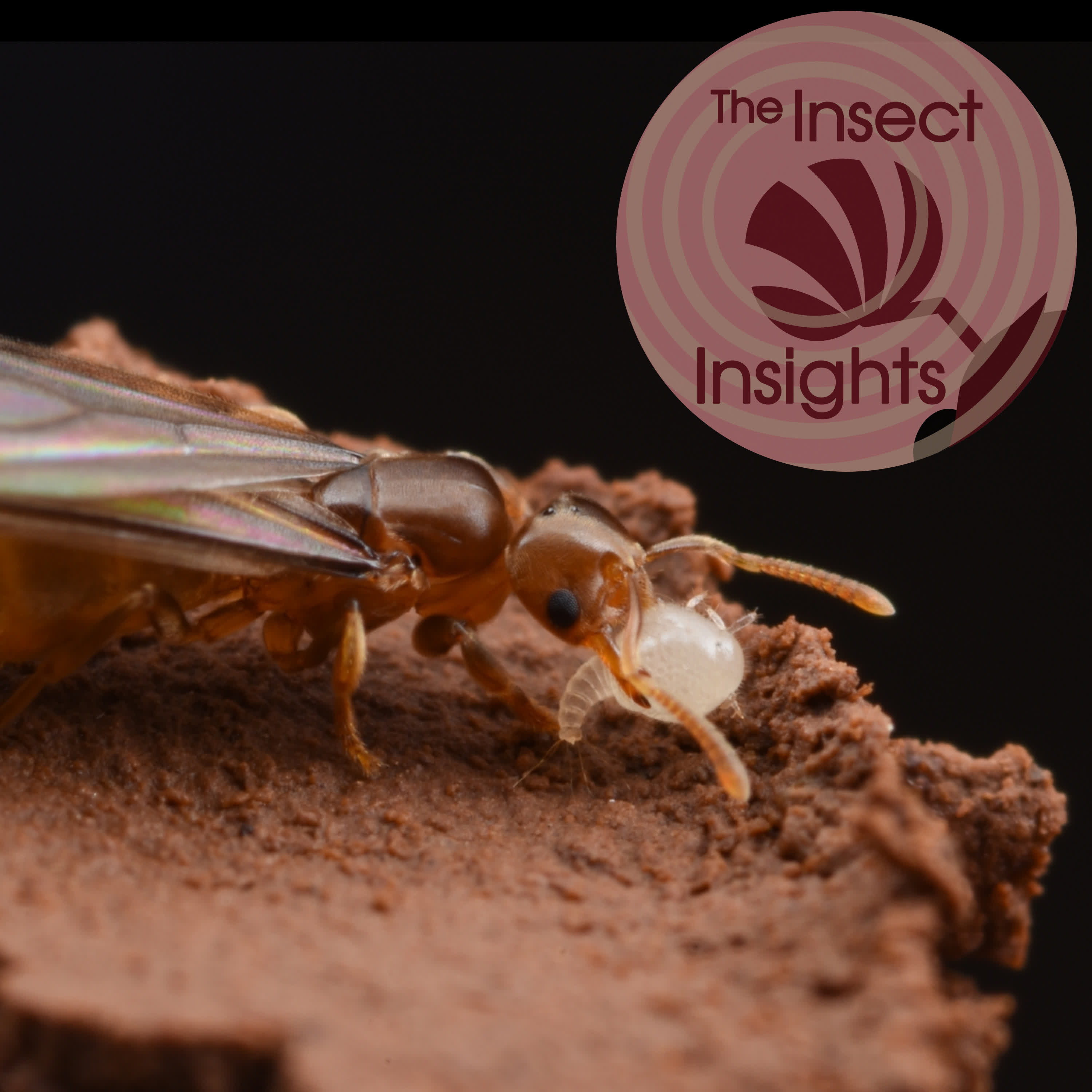
Acropyga & pet, a matriarch duo
The story of a partnership between ant and mealy bug.
You can listen to it over there
And find the other episodes on there, or on any podcast app:



This episodes uses the "Papuan/North Australian rain forest" soundscape, which I made using INaturalist recordings from user Tom Hunt. It's not exactly accurate, but I didn't have time to prepare a specific soundscape. It is "close enough", as Acropyga ants are present in Papua, the very tip of South-Easth Asia. You can find full details and other soundscapes on the dedicated page. The cover illustration uses a photo from Inaturalist user clurarit, licensed under CC-BY-NC.
Transcript
Picture yourself in an East-asian forest. It rained yesterday, but today the air is just dry enough.
[Tropical forest soundscape fades in]
Your short legs are hanging in the air, as you are softly held by the mandibles of an Acropyga ant queen. You are an Eumyrmococcus mealybug, and you are going to start a new colony together, once your winged caretaker flies you to a new home.
Hi and welcome to the Insect Insights, chill insect stories to relax and wonder, available wherever podcasts are. If you like this podcast, you can subscribe, leave a review and even an insect question, on spotify or on the website. I am Max, your host, and I hope you are ready to dive into insect knowledge for another insight!
Little white insect. So round, with just a tiny tail-like abdomen, and short legs. You look adorable, and you really look like someone should take care of you. This someone is the ant queen carrying you in her delicate mandibular embrace.
Your collaborator and shepherd, this unmated ant queen, is ready to take off. Unlike you, she still needs to mate before she is ready to mother a whole colony. The ideal weather she waited for is now here, perfect for the aerial copulation to take place. With you still held in her mandibles when males will compete to fill her spermatheca.
If a bit awkward, this is also the sign of a long and deep association. You girls are going to start a single family together. Two matriarchs, two seeds. Or just two parts of the same seed? The Acropyga ants can’t survive without the honeydew your kind feeds them, and you can’t survive without their protection and guidance. A megaannual alliance, starting millions of years ago, and strengthened at every generation by this flight you are about to do together. It is called trophophoresy, the transportation of one species so that it feeds the other.
More than a pet, you are a partner to Acropyga. The queen will look for appropriate soil, and a plant you and your offsprings can feed on. As the ants dig, you will colonize the plant’s root system, sucking on sap to refine it in a sweet liquid for the ants to thrive on, honeydew. Then one female down your lineage will maybe be picked to go with a queen and start her own colony. Your collaboration has shaped both of you through time, and is now an unbreakable bond. And it made you so damn cute.
Sources
Kishimoto‐Yamada, K.; Itioka, T.; Kawai, S. Biological Characterization of the Obligate Symbiosis between Acropyga Sauteri Forel (Hymenoptera: Formicidae) and Eumyrmococcus Smithii Silvestri (Hemiptera: Pseudococcidae: Rhizoecinae) on Okinawa Island, Southern Japan. Journal of Natural History 2005, 39 (40), 3501–3524. https://doi.org/10.1080/00222930500393145.
LaPolla, J. S. Ancient Trophophoresy: A Fossil Acropyga (Hymenoptera: Formicidae) from Dominican Amber. Transactions of the American Entomological Society (1890-) 2005, 131 (1/2), 21–28.
